-
Hotel Booking
-
- Mashhad hotels
- Tehran hotels
- Isfahan hotels
- Kish island hotels
- Tabriz hotels
- Qeshm island hotels
- Shiraz hotels
-
Mashhad hotels :
-
Sort by Price
-
Sort by Place
-
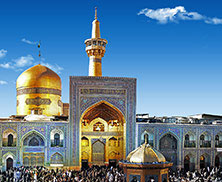
-
Tehran hotels :
-
Sort by Price
-
Sort by Place
-
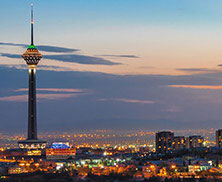
-
Isfahan hotels :
-
Sort by Price
-
Sort by Place
-
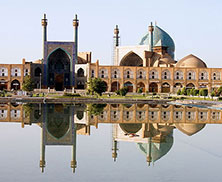
-
Kish island hotels :
-
Sort by Price
-
Sort by Place
-
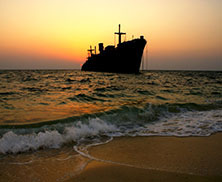
-
Tabriz hotels :
-
Sort by Price
-
Sort by Place
-
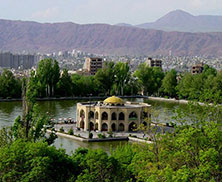
-
Qeshm island hotels :
-
Sort by Price
-
Sort by Place
-
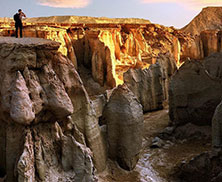
-
Shiraz hotels :
-
Sort by Price
-
Sort by Place
-
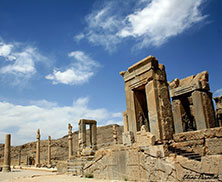
ProfileMessagesSettingsSettingsSettingsSettings
-
- Cities
- Blog
- Discounts

Saadabad Palace Complex
Situated in a well-positioned place in the Shemiran area of Iran’s capital Tehran, the cultural and historical Saadabad Palace Complex dating back to the Qajar and Pahlavi eras is one of the biggest and most important palace complexes of Iran, offering a must-see sightseeing spot which attracts a large number of domestic and foreign visitors and tourists.
By getting far from the commotion of the capital’s noisy streets, one arrives to the splendid site at the ever refreshing foothills of the Alborz Mountains, surrounded by amazing natural scenery and plane trees, providing memorable tranquility which results in making people believe why Saadabad has been a fine jewel since a long time ago.
First inhabited by Qajar monarchs and royal family in the 19th century, the compounds were expanded in the period of Reza Shah Pahlavi in the 1920s for living and then Mohammad Reza Pahlavi moved there in the 1970s.
Having passed through the buff-colored brick gable entrance with a long antiquity, visitors enter the 110-hectare complex, encountering magnificent 18 large and small palaces and mansions which exhibit Iranian art and architecture. Among them, two palaces are of great importance namely White palace and Green palace which was turned into palace museums while other buildings were allocated to various exhibitions.
As the largest mansion in the complex, the modern two-storey white or Nation palace was built between 1931 and 1937 and used as both the Pahlavi summer residence and the official reception place particularly by Mohammad Reza Shah (1942–79) with 10 large ceremonial saloons filled with extravagant furnishings, paintings, and immense carpets.
In the northwestern higher ground of Saadabad, the two-story Shahvand or Green palace is another interesting part of the complex covered by rare pearl green stones which includes the mirror hall with a large 70-meter carpet.
Also, for art lovers, the splendid Fine Arts and Farshchian Miniature Museums in the southern and central parts of Saadabad provide the best chance, showcasing numerous outstanding paintings with western and eastern styles and 50 valuable works of master Farshchian.
In addition, the current presidential palace is located next to the compound where the presidency organization hosts the president’s foreign guests.
The museums of military, cars, kitchen, plates, historical documents, and water are among the other buildings of the complex worthy of visiting, each located in one of the palaces of past eras.
Roaming through these buildings and looking at the rich history of Iran is indeed considered as one of the best pleasures of a lifetime.


